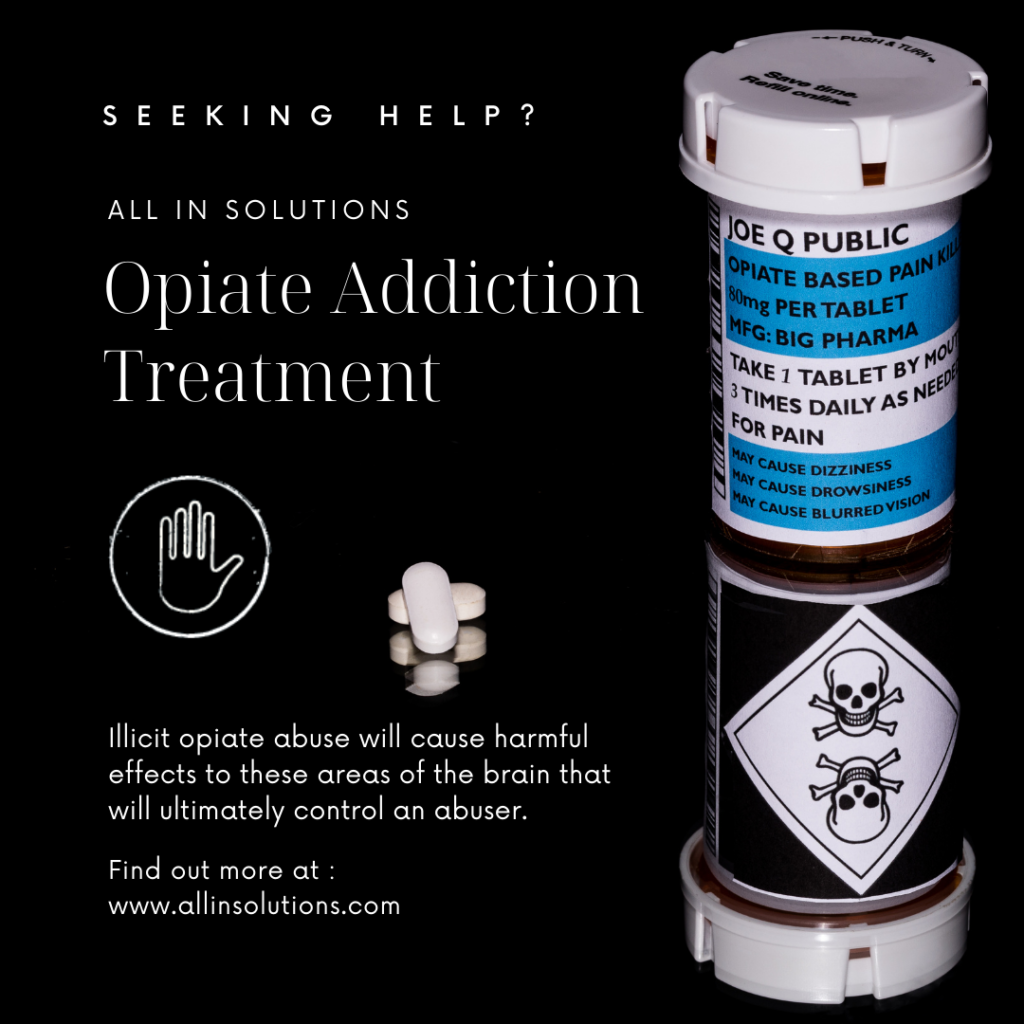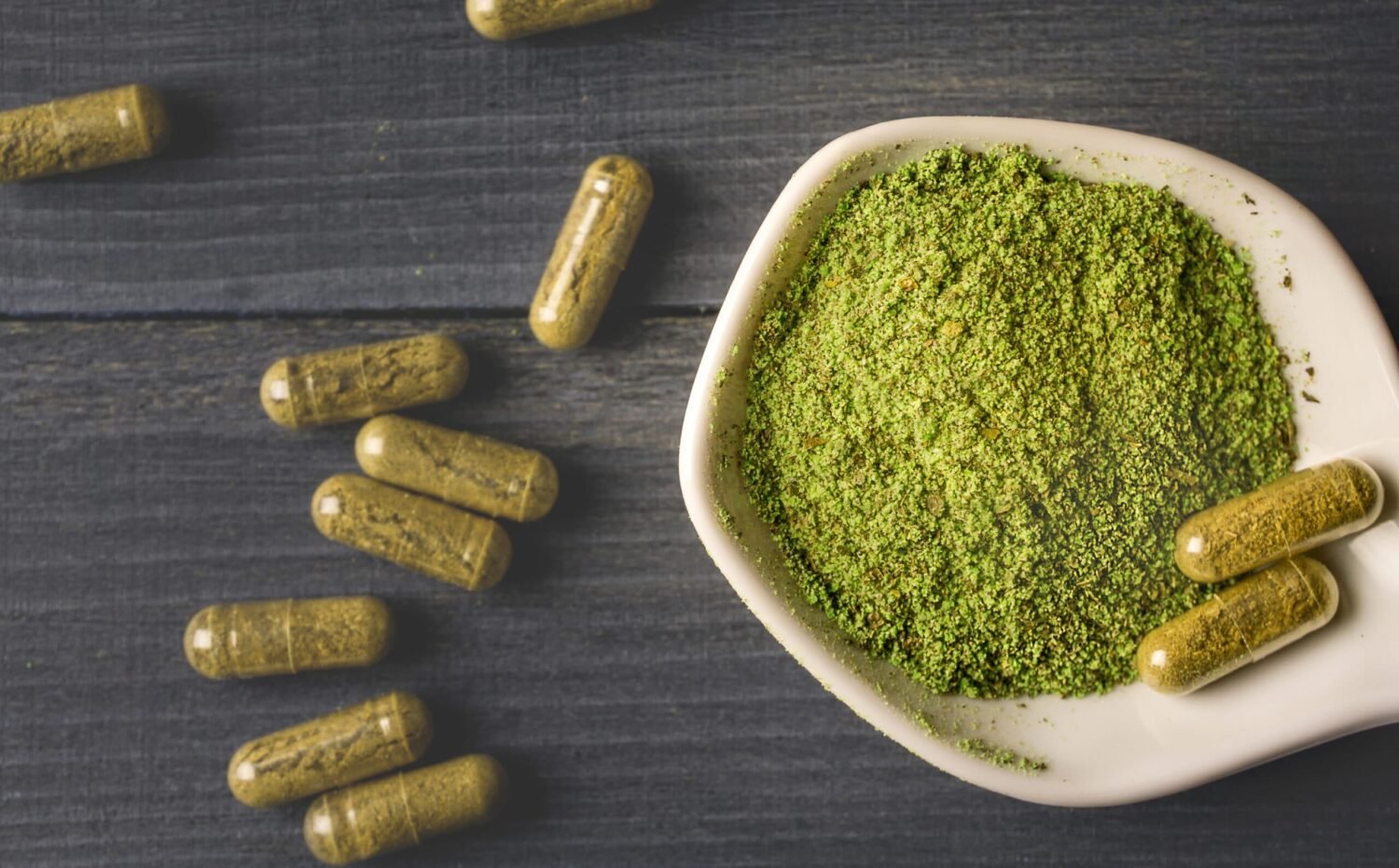Is Kratom Addictive?
Kratom is a stimulant that interacts with opioid receptors in the brain. This means that users may experience withdrawal symptoms similar to those caused by opioids, and it can be difficult to stop using it. The question is: Can Kratom be addictive? And, if so, how do we treat it?
Kratom is a stimulant
Kratom is an herb that's grown in Southeast Asia. Its leaves are chewed, brewed, or crushed to make a bitter green powder. The powder is then sold in the United States in capsules, pills, and teas. It's used to relieve pain and as a recreational stimulant.
The alkaloids in kratom increase energy and focus by targeting the noradrenaline system in the brain. Noradrenaline is a neurotransmitter that helps people deal with stressful situations. By stimulating the noradrenergic system, kratom increases dopamine levels, which promote feelings of euphoria. Kratom also increases sex drive and libido. It also boosts energy, which is essential for those who suffer from depression.
Kratom is also known to cause kidney damage and liver damage, especially with high dosages. The signs of kidney damage include yellowing of the skin and dark urine. The liver is essential for filtering toxins, so high doses of kratom can damage the liver. Unlike other drugs, kratom harms the liver, and it can cause kidney failure. Although kratom is well-tolerated in small doses, it is important to note that it's highly addictive.
Kratom is an herb that is extracted from a tropical evergreen tree. Its scientific name is Mitragyna speciosa. It can be used to combat the withdrawal effects of opium, and some people also use it to get a boost of energy. It's useful for withdrawal from opioids, because it releases dopamine and other hormones that reduce anxiety.
Kratom is not an illegal drug in the United States, but the Drug Enforcement Administration is currently studying the drug's effects. It's a highly popular herb in Southeast Asia, and Thailand has the largest population of kratom users. However, the drug is illegal in many countries, including Malaysia, Australia, and Myanmar.
Kratom is a natural herb that has been used in Southeast Asia for centuries for energy and pain relief. In low doses, it produces a stimulant effect, and at higher doses, it produces a sedative effect. Nonetheless, it's still legal in most states, despite the FDA's efforts to ban it.
:max_bytes(150000):strip_icc():format(webp)/kratom-withdrawal-4586322-REDO-V1-a8619bc31575400cb2b54d87775caf3f.png)
It interacts with opioid receptors in the brain
The research suggests that the alkaloids in kratom interact with opioid receptors in the brain. The compound mitragynine binds to the human u-opioid receptor with nanomolar affinity, while the compound 7-hydroxymitragynine has greater affinity for the m-opioid receptor. But further studies are necessary to determine exactly how kratom interacts with these receptors.
While kratom does not act as an opiate, its interaction with opioid receptors in the brain is similar to opiates, which makes it an excellent drug for treating addiction. While the substance does not have the abuse potential of opiates, abuse is possible due to its ability to cause tolerance and withdrawal symptoms.
While the effects of kratom are largely dependent on the dosage and strain, the substance can help to reduce pain and improve mood. Higher doses of kratom can also produce a heightened sense of euphoria or sedation. Because of these effects, some people who are addicted to opioids also take kratom to avoid the unpleasant symptoms of opioid withdrawal.
There are several dangers associated with kratom. First, the substance is not standardized. The production process is not regulated and cannot be guaranteed to be free of contaminants. It is also unknown whether kratom will interact with other drugs. Many users report craving higher doses after the initial dose, which may lead to more frequent drug use.
Kratom is a natural substance that is derived from the leaves of the Mitragyna speciosa plant. Although kratom does not have an over-the-counter prescription, it can be highly addictive. Like other opioids, it can lead to addiction, seizures, and liver damage. Despite the warnings, kratom is now widely available over-the-counter and online, making it incredibly easy to buy. Depending on the dosage and frequency of use, it can lead to sedation, euphoria, and a decrease in pain sensation.
It causes withdrawal symptoms similar to those of opioids
Kratom is a natural substance derived from the Mitragyna speciosa tree, and it is used as a treatment for opioid withdrawal and chronic pain. It contains two alkaloids known as mitragynine and 7-hydroxymitragynine, which act on the mu-opioid receptors. Although the exact mechanisms of action of these two chemicals remain unclear, it is believed that they are effective at treating opioid withdrawal.
People who use kratom for more than six months usually experience withdrawal symptoms similar to those of opioids. They may develop cravings for the drug and may require medication to treat their dependence. This may include naloxone (Narcan, Evzio) and buprenorphine (Buprenex). The use of kratom by pregnant women is also linked to withdrawal symptoms.
People who self-medicate with kratom have a higher risk of developing addiction and experiencing withdrawal symptoms. However, these symptoms are not dangerous, as they are mild and short-lived. The symptoms are not life-threatening, but it is recommended that you consult your doctor if you experience any severe withdrawal symptoms. If you think you're addicted to kratom, it's important to seek medical help immediately.
People who are addicted to kratom should seek treatment at a medical detox facility to reduce the risks of relapse. Detox can help people cope with the withdrawal symptoms caused by the drug. And in the long run, kratom treatment is beneficial in preventing relapse after recovery.
Kratom is a natural supplement that can help people with various conditions, including anxiety, diabetes, and withdrawal from opioids. However, because kratom contains a wide range of different substances, it's hard to control its effects. Unlike opioids, kratom is easy to get, and it doesn't show up on a standard drug test. In some cases, it can cause death, especially when combined with other drugs.
People who abuse kratom may experience withdrawal symptoms similar to those from opioids. This is because the chemical compounds in kratom bind to the opioid receptors in the brain. In fact, the withdrawal symptoms from kratom are similar to those associated with opioids, and some users may even use kratom as an alternative to opioids.

It is difficult to treat
If you are looking for a new way to relieve pain and improve your quality of life, you may be interested in trying kratom. This plant has been used for many years as a natural remedy for pain, but it can also be abused. People may use it for various reasons, including to cope with depression or drug withdrawal.
Kratom addiction is a serious problem, and can lead to mental illness and cancer. It can also affect a person's sleep, diet, and decision-making. The first step towards recovery is to seek the help of an addiction treatment center. These centers will provide therapy, relapse prevention classes, and aftercare planning, and can help you overcome the problems caused by kratom addiction.
Unfortunately, there is a lack of scientific data regarding the long-term effects of kratom use on the brain. Because autopsy reports are incomplete, we cannot fully determine whether or not kratom is a cause of pain or not. To establish causal links, we need longitudinal and cross-sectional studies, as well as clinical trials. Only with such evidence can we create the best medical guidelines.
Despite the lack of research, Kratom has been used in Asia for centuries as a natural remedy for pain and withdrawal. It is also used as an alternative to prescription pain medications. The DEA has not yet approved kratom as a cure-all, but many people use it as a means to manage pain, addiction, and other mental health issues.
The positive effects of kratom use are often attributed to its sedative, stimulant, and narcotic effects. Kratom is used in traditional medicine to treat pain, boost energy levels, and enhance sexual drive. In addition, it is commonly used in Thailand as a deworming agent. It is also used for depression and anxiety.
However, despite its many benefits, kratom is still largely a controversial substance. Because of the lack of unbiased studies and limited scientific data, the effectiveness of kratom is unknown and difficult to treat. However, it is important for health care providers to educate themselves about this emerging substance. This knowledge may help them provide better care and prevent potentially dangerous consequences for their patients.

